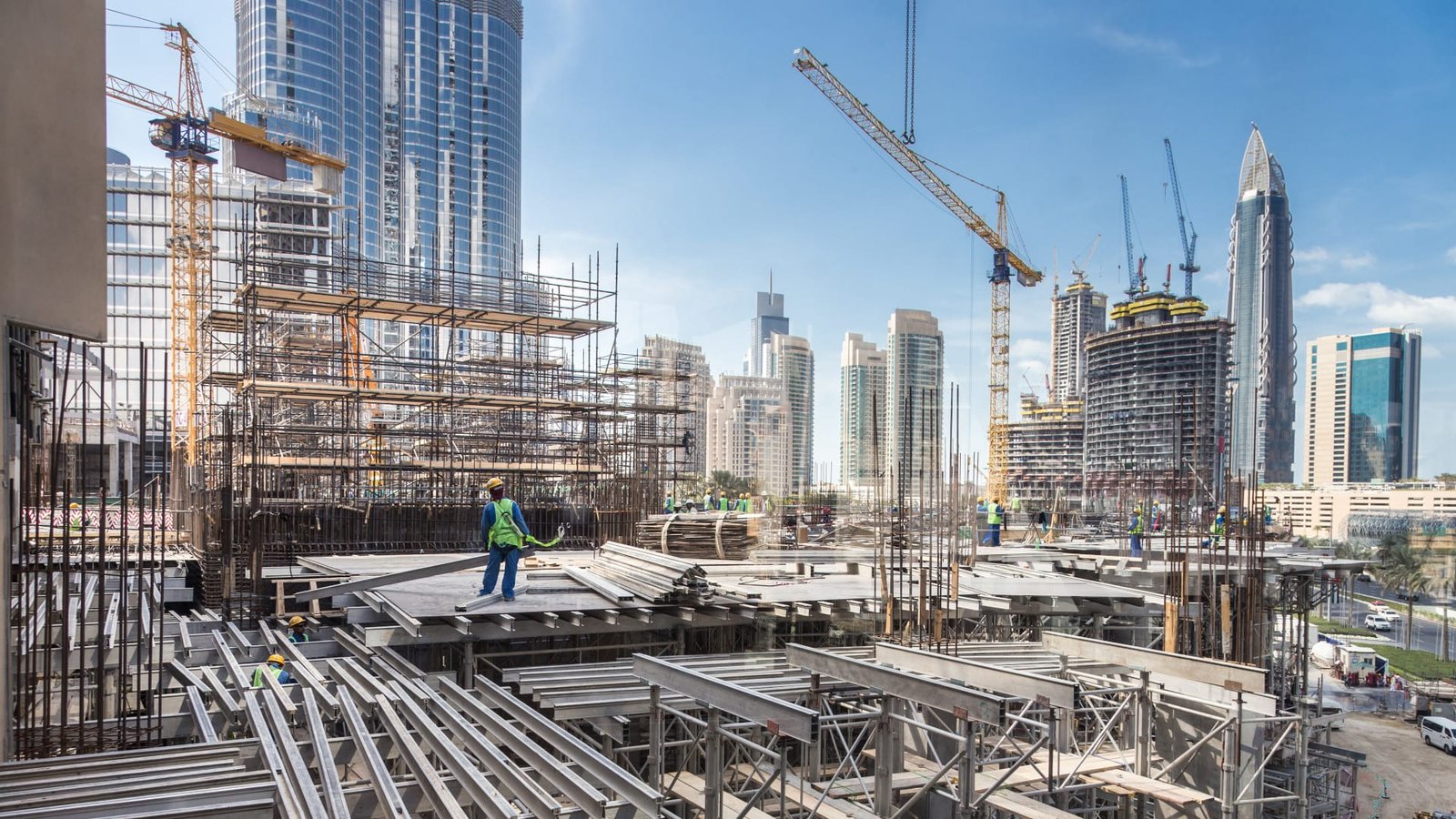When it comes to construction projects, irrespective of the size, every project comes with its unique set of risks and challenges. All construction managers or companies understand that such unidentified risk facts can prove disastrous to its bottom line. This is the reason why risk management in the construction industry is so critical.
Timely and proper identification and effective management of such risks can be possible with diligent planning and implementation of them. Being a construction manager or owner of a construction business if you feel confused about how to prepare an effective risk management plan for your company, this guide can be of immense help.
Kanat Sultanbekov- The gravity of risk management in the construction business
Construction Risk Management- What it is?
Risk management in construction refers to the procedure of ascertaining the underlying risks in relation to any specific project and assessing strategies or methods to lessen their impact. As per the version of the industry-famous construction manager Kanat Sultanbekov risk managing process basically involves diligent planning, monitoring as well as managing various potential risk occurrences.
The fundamental part of construction risk management lies in its planning or documenting the details of those risks alongside measures to deal with them. The plan needs to be developed at the preliminary phase of construction planning.
Typically, construction risk management involves five steps and these are:
- Identifying risks
- Risk assessment
- Strategies to mitigate
- Consistent monitoring of risk
- Reporting
Reasons That Lead To Construction Risks?
As it is stated that every construction project has its distinctive risks no matter whether it’s small, medium, or huge. However, compared to small projects, that are extensive, complex, and multifaceted tend to carry a higher degree of risks and pitfalls.
So before making the plan, first you are required to understand the roots that can threaten your project work at different phases. So risk management process needs to be continued until the end of the project. Some of the common roots of risks linked to the construction industry include:
- Construction site-related risks can result in workplace accidents leading to injuries to workers.
- Delays in completing the project before the deadline due to poor scheduling, miscommunication, or disputes with a subcontractor.
- An unexpected increase in the cost of supplies can have a severe impact on the financial flow of the entire project
- Natural calamities such as floods, earthquakes, etc. can result in damage to the existing constructed property as well as raw materials and lead to huge losses.
- Risks related to labor shortage, incompetent contractors, incomplete or poor design, etc.
- Construction projects involve risks related to litigation such as violation of codes, regulations, and disputes with clients, subcontractors, and vendors about terms and conditions.
What Are the Advantages of Construction Risk Management?
Managing the risks in the construction business offers multiple advantages, which are stated by Kanat Sultanbekov as:
- Developing a risk management plan for your project helps in assessing each and every potential risk related to your project. Thus it helps you and your team to get prepared to mitigate the impact of such risk or even avoid it. This increases work efficiency and boosts productivity.
- Considering risk management plans help your workers and team to follow the necessary safety standards at the worksite and thus minimizes the changes of safety hazards.
- Failing to manage risks typically hurt the profitability and reputation of the company in the industry. Effective risk management streamlines operation enhances safety, lowers costs, and thus increases profits.




